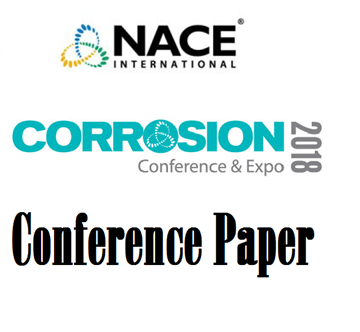Search
Products tagged with 'leaks'
View as
Sort by
Display
per page
51318-11064-Application of Indirect Condition Assessment Techniques for Buried Water Pipelines: A Case Study
Product Number:
51318-11064-SG
Publication Date:
2018
$20.00
Air Cooler Plug Gaskets Leakage During Startup
Product Number:
51320-15197-SG
Publication Date:
2020
$20.00


